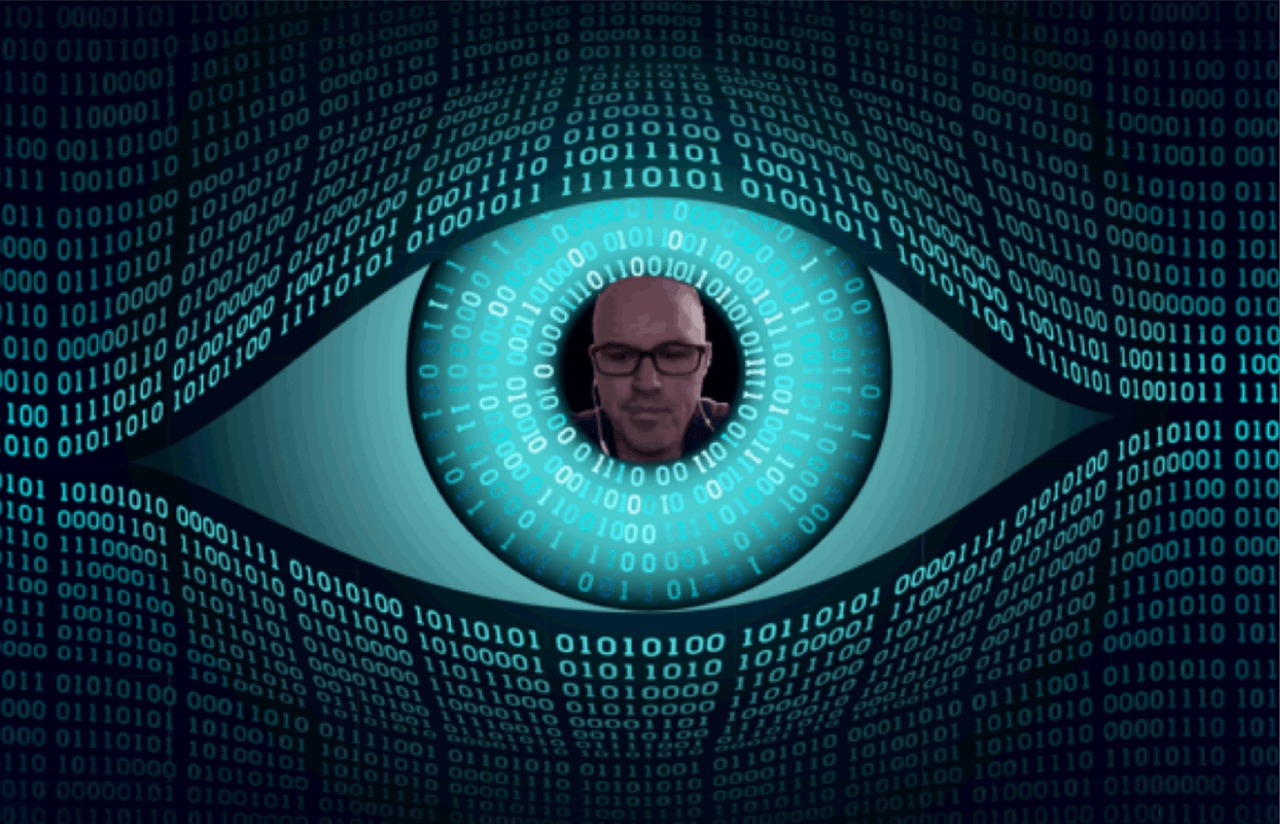This post is also available in:
 עברית (Hebrew)
עברית (Hebrew)
Deepfakes are fake AI-generated images, footage or voices of real people. They have become a major security threat, and researchers, including many with funding from the U.S. military, have been working on ways to automatically detect deepfakes using biometric signals (the fact that certain physical indicators like pulse don’t reproduce well in faked video).
According to a FireEye research paper, a set of commonly-available tools has emerged that lends itself to the creation of faked images and voice recordings.
Tools published to open source repositories such as GitHub software development platform are reducing the amount of technical expertise required to produce ever-more-convincing deepfakes. Moreover, they are increasingly easy to purchase from disreputable marketing and PR firms.
The researchers mention a generative adversarial [neural] network or GAN model dubbed StyleGAN2, the underlying code of which is available on GitHub. The researchers demonstrated that with a dataset of compiled Tom Hanks pics, structured to be of the same size and general direction, they could easily use StyleGAN2 tools to create new, convincing images of the actor.
The researchers showed how easy it was to use software called Transfer Learning from Speaker Verification to Multispeaker Text-To-Speech Synthesis, or SV2TTS, to clone the voice of the actor to go with the fabricated images.
Out-of-the-box deepfakes are relatively easy to spot, also using machine learning programs available on GitHub. But the more a would-be actor with money and time is able to customize the software or the underlying dataset, the harder it becomes to detect. “Detection accuracy dipped to around 78% for fine-tuned generations,” they claim, according to defenseone.com.


























